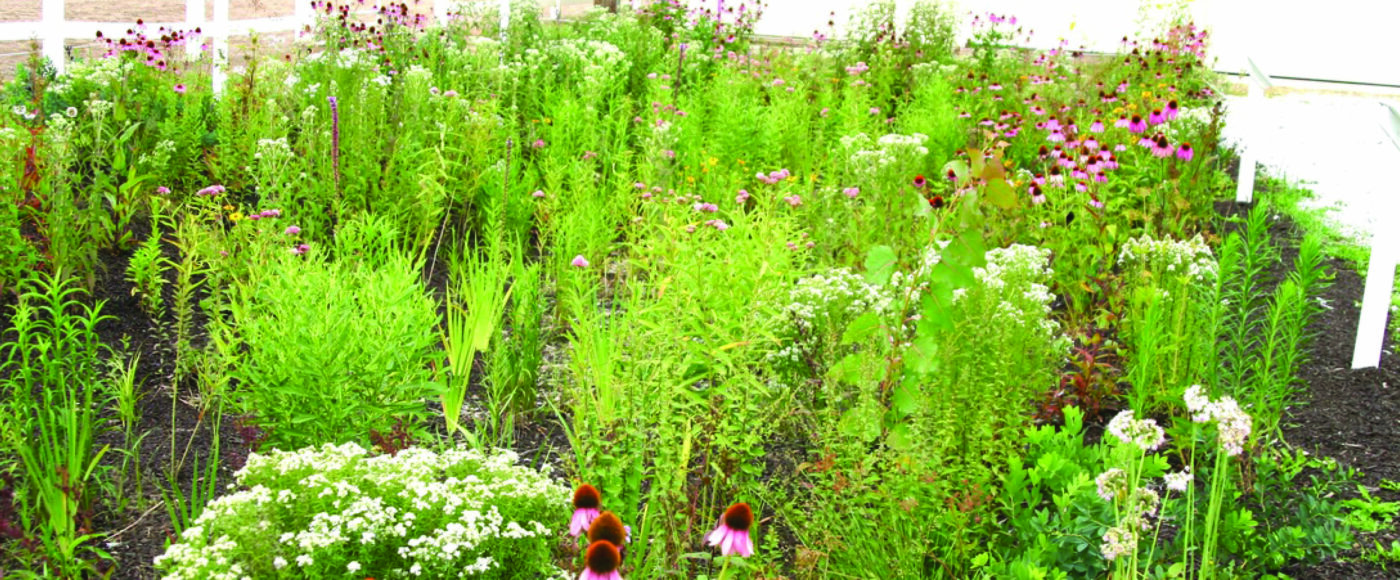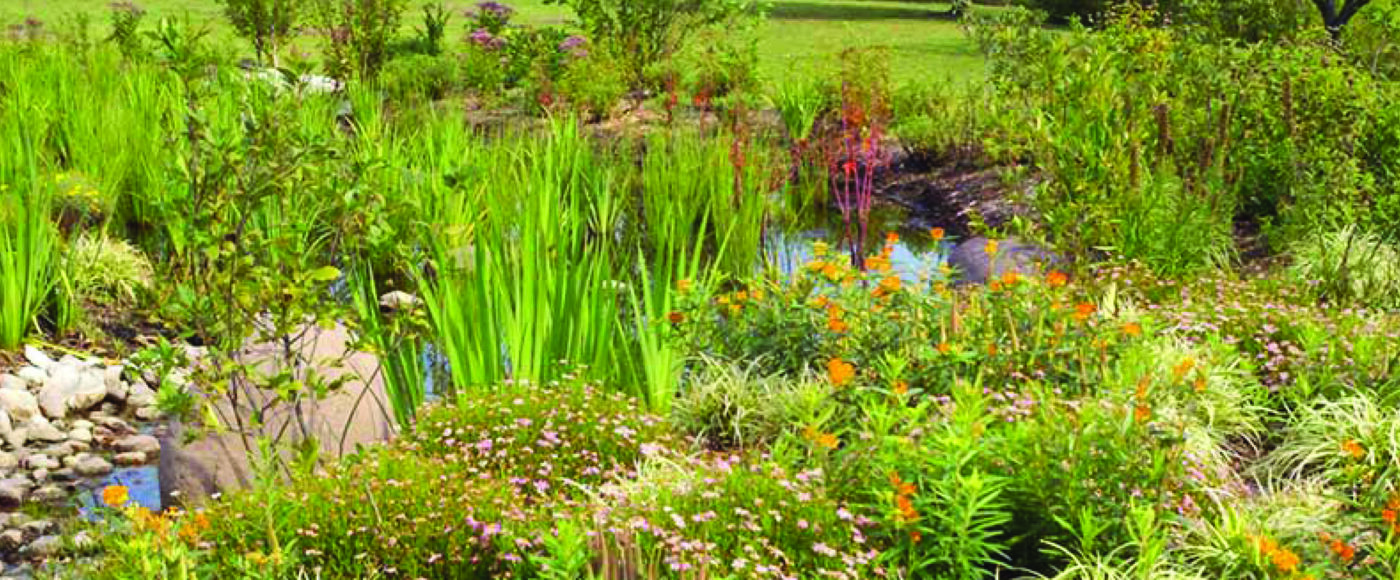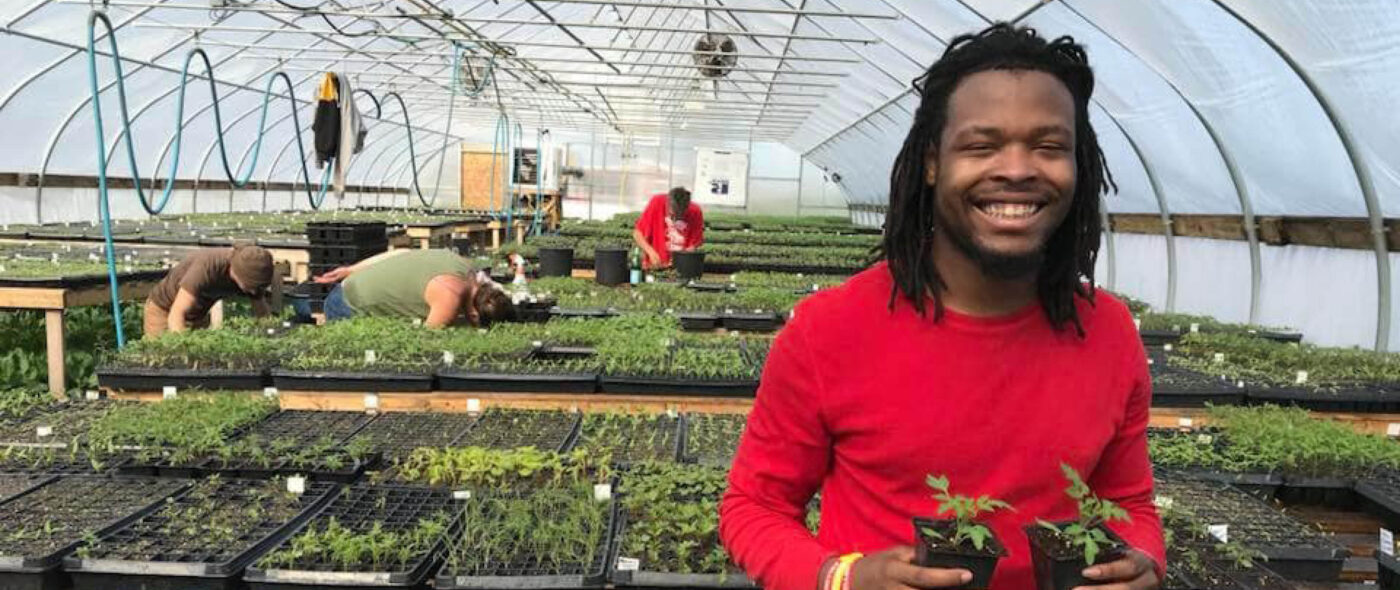How do I build a rain garden?
The first step to ensuring a rain garden works to its fullest potential is deciding where the rain garden will be located. With the main goal of a rain garden being reducing water runoff, you want to select a flat area that drains well. Selecting an area near runoff sources (ex. Downspouts, driveways, gutters) and away from trees or tree roots is also important. Areas where water tends to stand for multiple days would not be a great location due to the possibility of bacteria buildup and an ideal mosquito habitat.
You’ll also need to determine the proper size and depth of your rain garden. To find out how to do this please visit this link. After determining the location, size, and depth of your rain garden it’s time to pick out your plants! Remember one of the main concepts of rain gardens is returning soil to the natural hydrological cycle before development started shaping landscapes in different ways. So, the plants you will want to explore adding to your rain garden should be plants native to the area you live in. For plants native to Indiana, check out Indy Urban Acres Plant Sale, linked here!
Once you have everything planned out it’s time to plant. After all the planting is done it’s time to enjoy the beauty of your new rain garden! Your hard work has paid off but don’t forget you’ll need to do some periodic maintenance of your rain garden. And remember, every time you look at your new rain garden you’ll be reminded of your efforts towards reducing water pollution, increasing water quality, and creating a bustling habitat for local pollinators.


